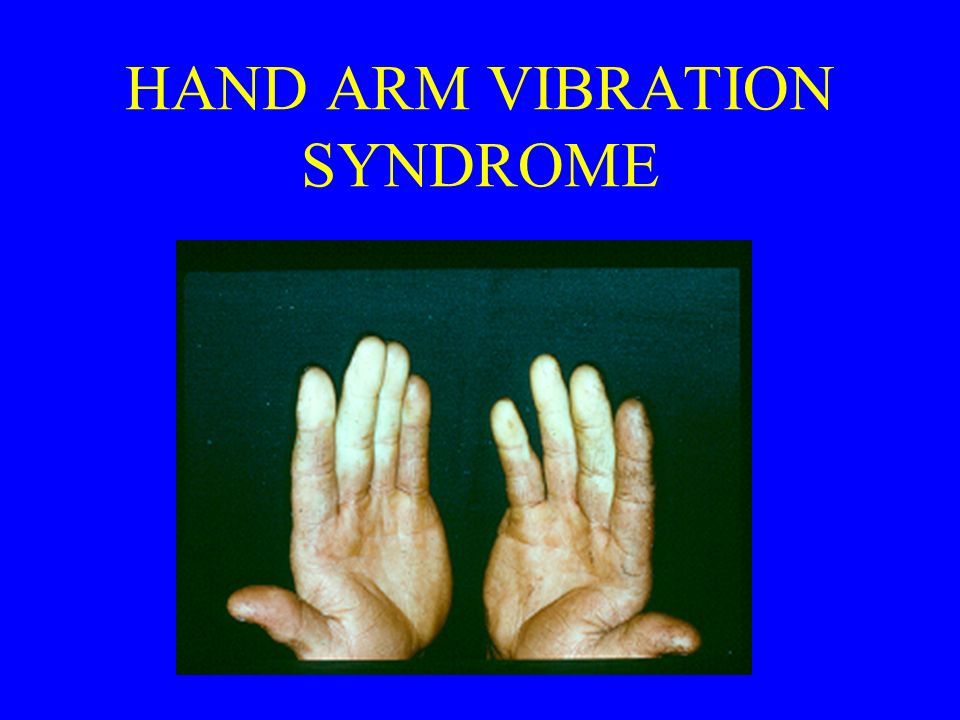The workplace hazards and risks associated with using power tools are a fact of life for those that work in industries where those tools are present. Even though these workers understand and navigate these dangers every day, it is impossible for everyone to avoid their negative effects.
Those that have chronic, long-term exposure to vibrating tools are most at risk of developing symptoms and serious complications. That is why the early diagnosis of HAVS will make a substantial difference in the lives of those who suffer from it. Even a later diagnosis, while not ideal, is better than continuing to suffer through the pain without having a clear understanding of why or of how to stop it from getting worse.
How to Diagnose HAVS
According to Shaun from Principal Power Tools “In many cases, the fact that you have symptoms of hand-arm vibration syndromeand commonly work with vibrating tools is enough to get a diagnosis of HAVS.” If you need a more definitive and conclusive result, there are tests that can be done to determine, without a doubt, that you suffer from HAVS. What are these tests?
- Thermal Perception
Studies have shown that those that work with vibrating tools have lower thermal perception in their extremities. This is an indication that HAVS is either present or likely to manifest in the future unless changes are made.
- Vibration Perception
Similar to thermal perception, vibration perception is affected by chronic exposure to vibrating tools and work. A vibration perception test determines your ability to perceive vibrations and how much, if any, damagehas already been done.
- Purdue Pegboard
The Purdue Pegboard test is a well-established exam that tests the dexterity and coordination of the fingers. Hand-arm vibration syndrome affects the fine motor skills of the fingers because of the damage that it does to the nervous and vascular systems of the hands. Purdue Pegboard examinations can show on a reliable scale if there is damage and how much it has affected your dexterity.
- Grip Strength Test
HAVS is known to decrease grip strength, making it hard to grasp tools and other objects. A grip strength test is another tool to diagnose HAVS and if it is present, to help determine its severity.
- Cold Intolerance
Another symptom of HAVS is Raynaud’s disease or Raynaud’s-like symptoms. This includes numbness, tingling and sensitivity or intolerance to cold. Taking a cold sensitivity or cold intolerance test is another way to determine if you suffer from HAVS.
- Semmes-Weinstein Monofilaments Test
This test is a very effective way of determining the level of damage done to the nerve endings in your hands. The Semmes-Weinstein test uses a set of filaments that are depressed onto the hands at varying levels of pressure, showcasing the level of sensory loss present.
Hand Arm Vibration Syndrome
Diagnosing HAVS is the first step to taking corrective action and stopping any further damage from happening. Talk to your doctor or health care professional if you feel like you are experiencing HAVS symptoms.

